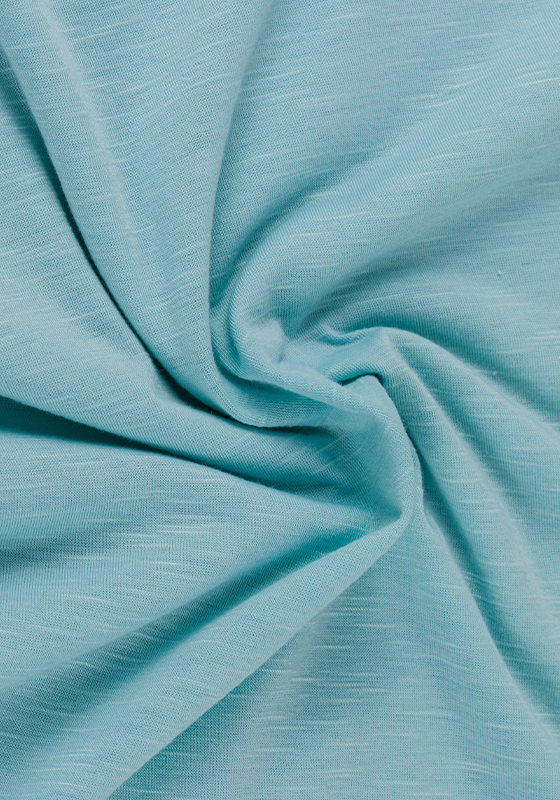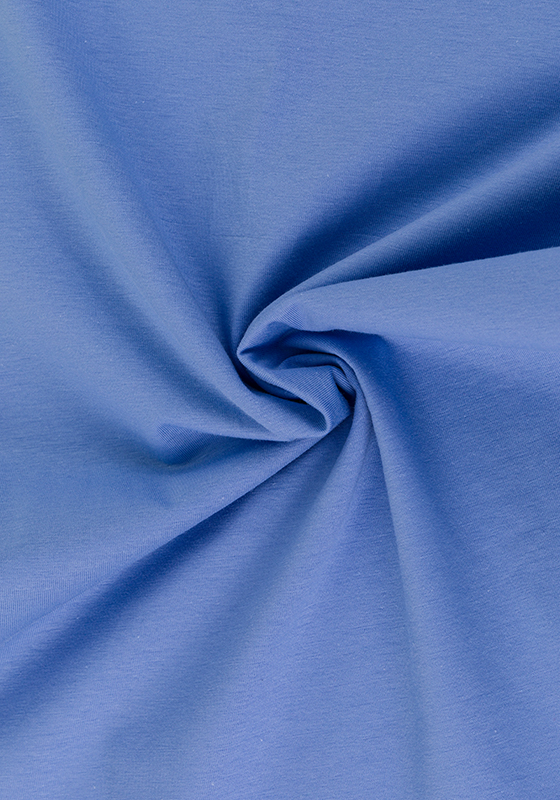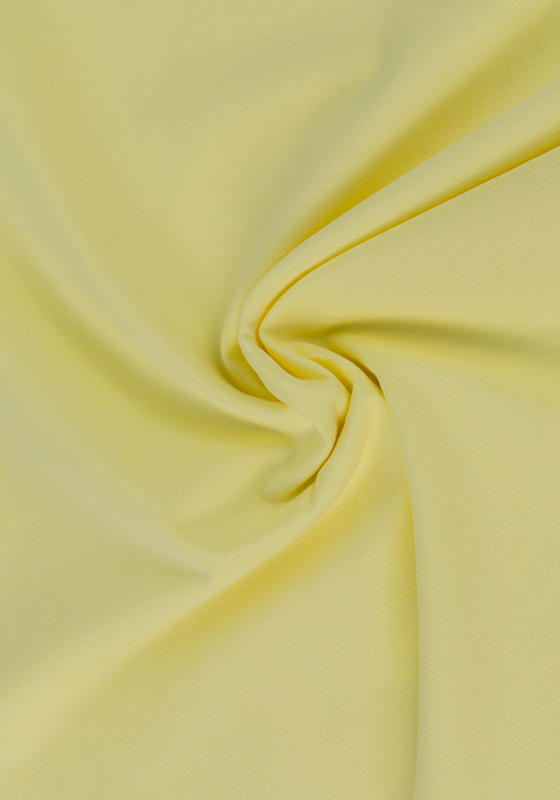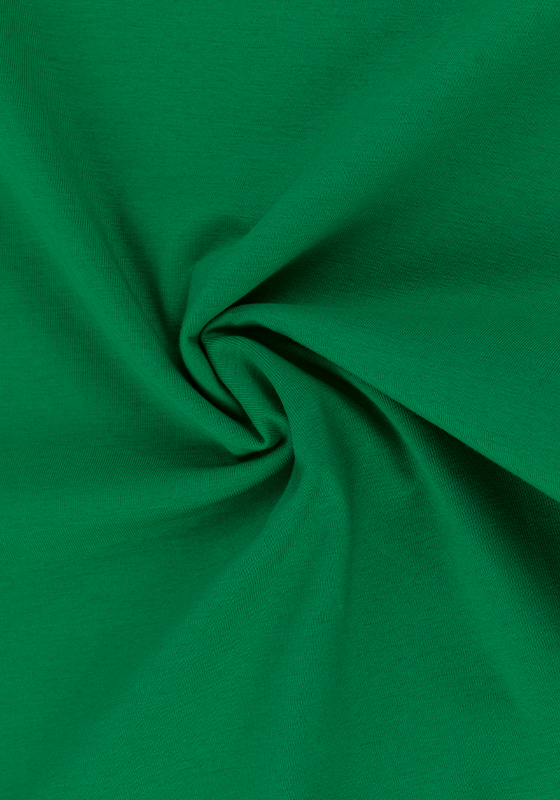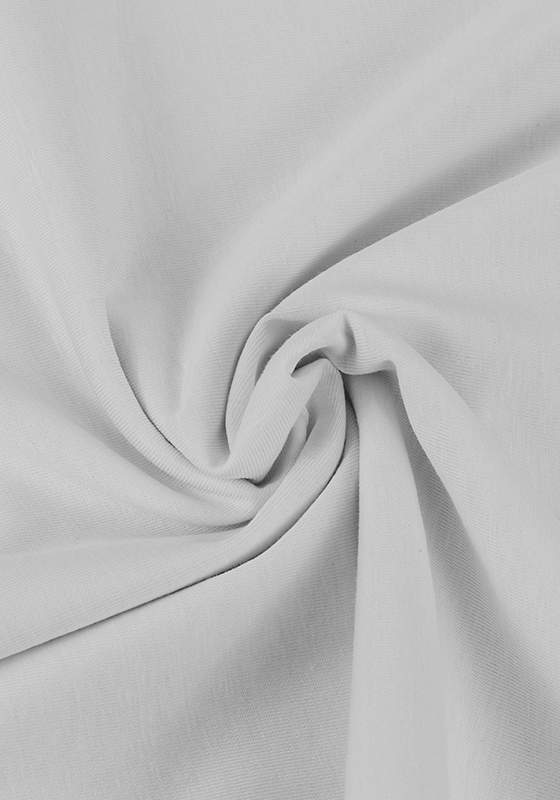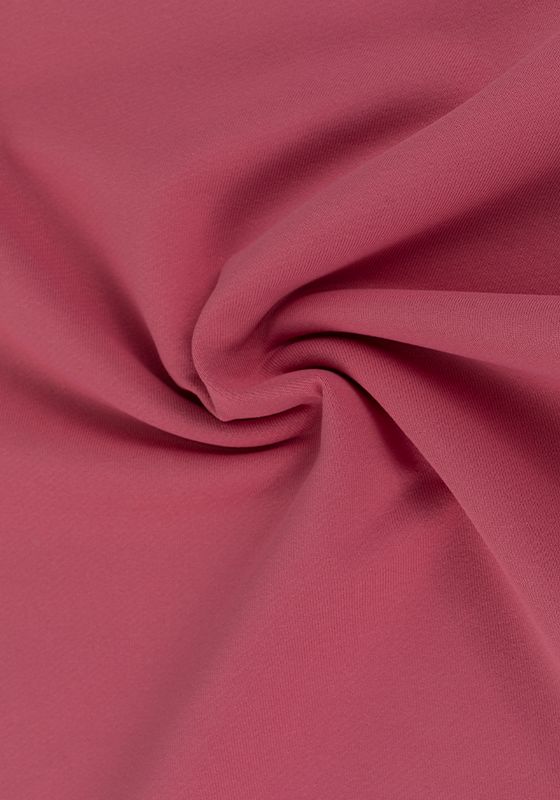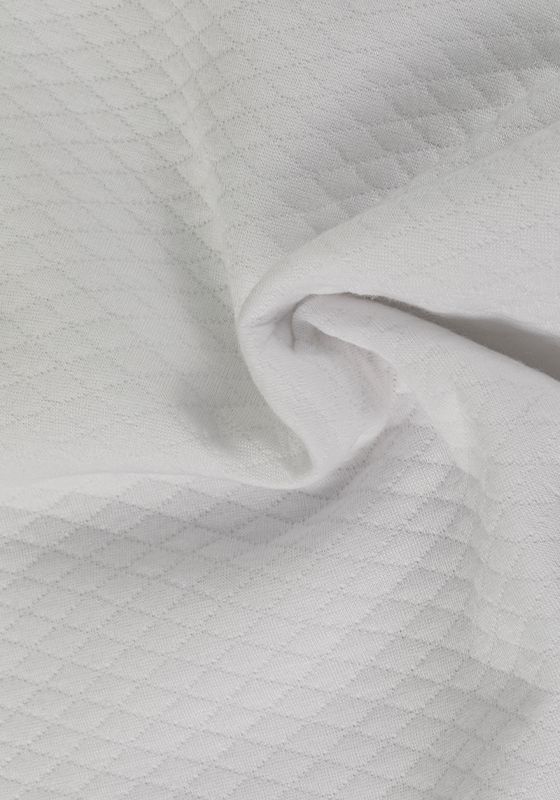The manufacturing process of
polyester spandex air layer fabric involves several steps to create a high-quality fabric with desired properties. Here is an overview of the typical manufacturing process:
Material Selection: The process begins with selecting high-quality polyester and spandex fibers as the primary raw materials. Polyester fibers provide strength, durability, and moisture-wicking properties, while spandex fibers offer elasticity and stretchability.
Blending: The polyester and spandex fibers are blended together in the desired ratio to achieve the desired fabric composition. This blending process ensures that the spandex fibers are evenly distributed throughout the polyester matrix.
Yarn Formation: The blended fibers are then spun into yarns using spinning machines. This process involves twisting and elongating the fibers to form continuous strands of yarn.
Knitting or Weaving: The yarns are then used to create the fabric through either knitting or weaving techniques. In the case of polyester spandex air layer fabric, circular knitting is commonly employed. Circular knitting machines are used to create a seamless, tubular fabric with a stretchy and breathable structure.
Dyeing and Printing: After the fabric is knitted, it undergoes a dyeing or printing process to add color and patterns. Dyeing involves immersing the fabric in dye baths, while printing utilizes specialized techniques to transfer patterns onto the fabric surface.
Air Layer Formation: The distinctive characteristic of polyester spandex air layer fabric is the creation of air pockets within the fabric structure. This is achieved by using specialized machines that create channels or grooves in the fabric surface. These channels allow air to circulate and enhance breathability.
Finishing Processes: Once the air layer formation is complete, the fabric undergoes various finishing processes to enhance its properties. These processes may include heat setting to stabilize the fabric dimensions, calendaring to improve smoothness and appearance, and applying finishes such as moisture-wicking or antimicrobial treatments for enhanced performance.
Quality Control: Throughout the manufacturing process, quality control measures are implemented to ensure that the fabric meets the desired specifications. This includes regular inspections, testing for strength, stretchability, colorfastness, and other relevant properties.
Cutting and Sewing: The finished polyester spandex air layer fabric is then cut into appropriate sizes and shapes as per the intended application. These fabric pieces can be used in various garment or textile products.
Packaging: The final step involves packaging the fabric rolls or finished products for distribution and shipping to retailers, wholesalers, or end-users.
It's worth noting that the specific manufacturing process may vary depending on the equipment and techniques used by different manufacturers. Additionally, additional steps such as laminating, bonding, or applying specialized coatings may be incorporated to enhance specific properties of the fabric.

